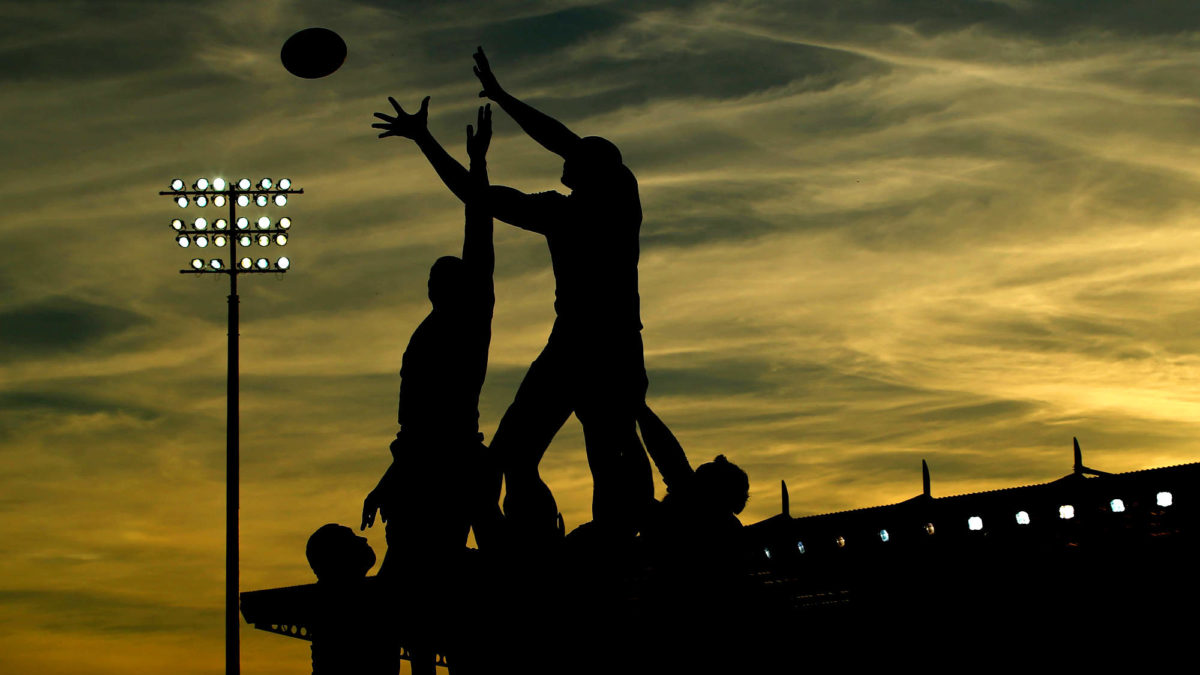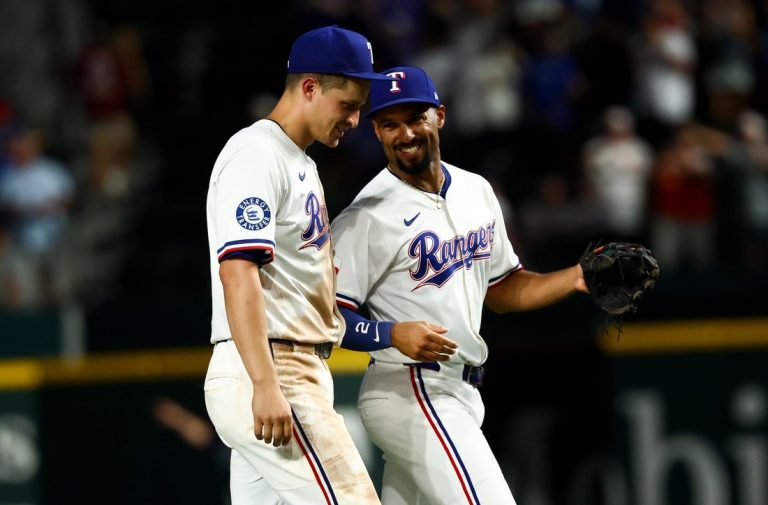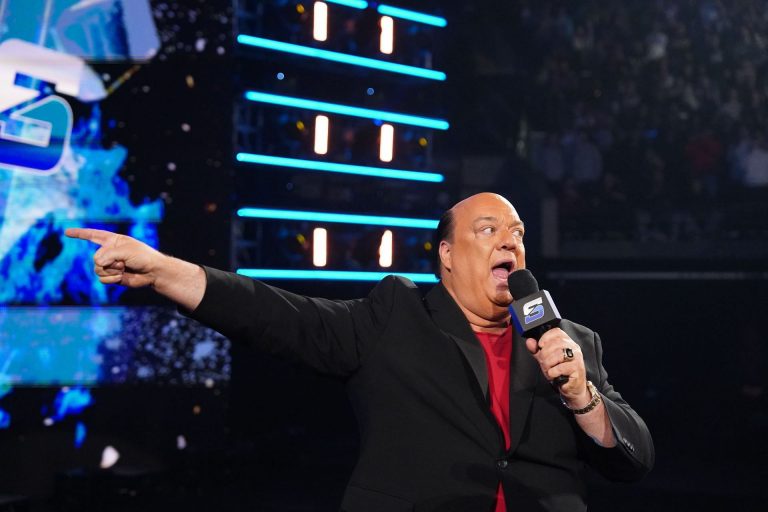I asked my learned friend who the most inspiring figures were in Australian and New Zealand rugby, his reply to New Zealand was Brian Lochore, his answer to Australia was someone who I was not familiar with, Johnnie Wallace.
Here was someone who was the number one influence on the style of Wallaby play developed in the 1920s. Yes, people will speak of Wally Meagher and Cyril Towers as pioneers of “running rugby,” but they were disciples of Wallace’s and his “Wallaby Way” commitment to the playing style.
To put it simply, Wallace influenced Meagher and Towers who influenced Geoff Mould, who in turn affected the Ella brothers, who then shaped the David Campese style. The Wallaby Way is a commitment by all 15 men to free-flowing running rugby and on the 1927/28 tour of the UK, he instructed his backs to run at every opportunity, kicking was abandoned and only used as a last resort.
Fifty years later, Australian schoolboys coach Geoff Mould followed this example. Wallace’s 1927/28 Waratahs vice-captain Charlie Fox later wrote: “By his death, an era covered by his life-long rugby interest is closed, but he will be remembered by many for his contribution to the remodelling and the rebuilding of the Australian Rugby game.”
On their return to Australia, two of Wallace’s disciples, centre Cyril Towers and halfback Wally Meagher, took the running rugby game back to their club Randwick, who would gradually become the dominant club in Australian rugby.
Arthur Cooper “Johnnie” Wallace was born 1900 in Macksville, NSW and passed away in 1975 aged 75. He was educated at Sydney Grammar School and furthered his education at the University of Sydney and won a Rhodes scholarship to the University of Oxford.
He excelled at rowing, was a senior prefect and a stylish outside back in rugby union. Wallace made 30 appearances for the New South Wales Waratahs and captained the side on 25 occasions. The Waratahs became the Australian side, with no competition in Queensland because of WW1 and the rise of rugby league, but all matches were later decreed to be test matches.
As an aside, New Zealand did not recognise the fixture against Australia in 1920 as an official Test, so it does not go down as New Zealand’s scoreless loss to Australia. Being of “Caledonian stock” he qualified to play for Scotland while at Oxford and showed off his three-quarter skill in nine Tests and following their 1925 Scotland 14-8 victory over Ireland the press waxed lyrical about the Australian: “Wallace is undoubtedly the most skilful, all-round three-quarter playing today. He is a genius, a veritable artist, and he gave as fine an exhibition as we have seen from anyone this season. The crowd cheered him time after time, and there was hardly a Scottish attack for which he was not responsible. He gained one glorious try, he was nearly in on three other occasions, and associated with George Aitken, he was always a source of considerable anxiety to the Irish defence. Wallace was simply superb.”
Wallace later returned to Scotland and the UK with the Waratahs in 1927/28, captaining the side because of his prior experience in Britain. Upon returning to Australia, he retired from playing rugby, but acted as coach for NSW and Australia, including a famous victory over the Springboks in 1937, 17-6. The match played on a soggy Sydney Cricket Ground pitch with backs and forwards combining in a crowd pleasing performance.
Wallace was also the assistant manager-coach of the Australian tour of South Africa and Rhodesia in 1953, a tour lasting four months! The statistics were not impressive, played 27 for 1 draw and 9 losses, but they did win the second Test in Cape Town and were respected by fans for their entertaining style of running rugby.
As I mentioned with the All Blacks having several of their players knighted from the 60s, the Glebe RFC which Wallace played for, had three Rhodes Scholars in the first grade team. And eight Wallaby captains went to St Andrews College within the University of Sydney.
In 2010, Johnnie Wallace was inducted into the Australian Rugby Union Hall of Fame and fulfilled his roles as player, captain, manager and coach with unblemished credentials.
For a lifetime, Wallace lauded the fifteen man running game played by the Waratahs and Australia which in challenging times put Australian rugby on the map and was respected by fans and opposition supporters.






